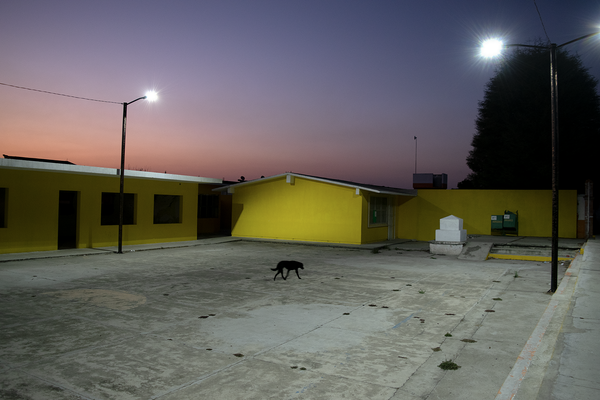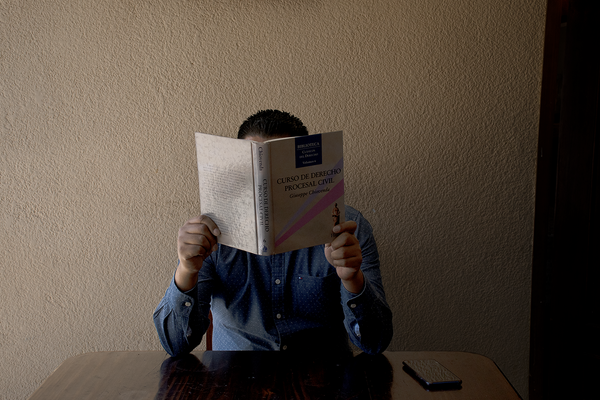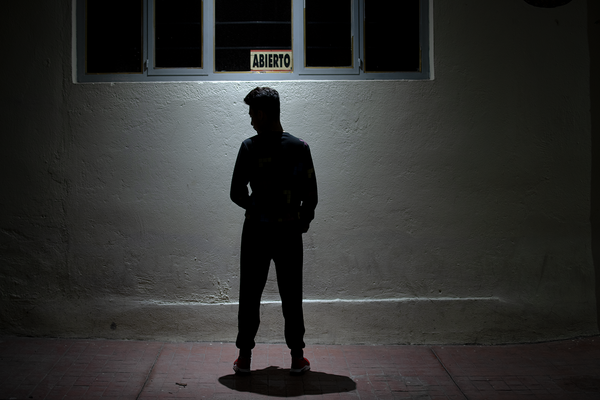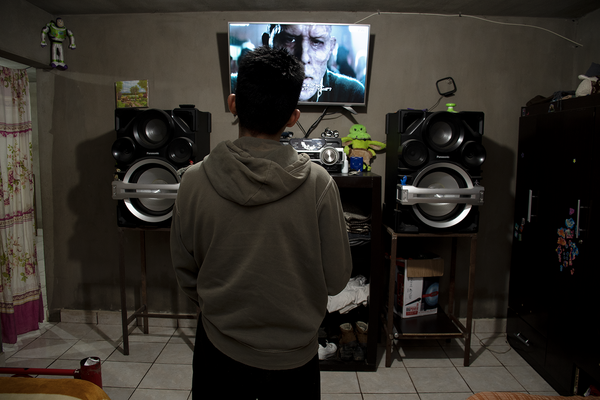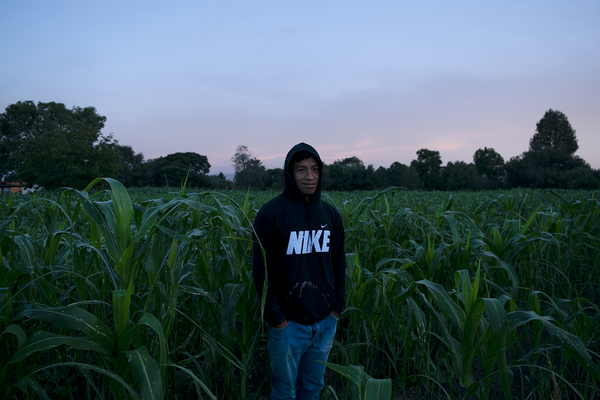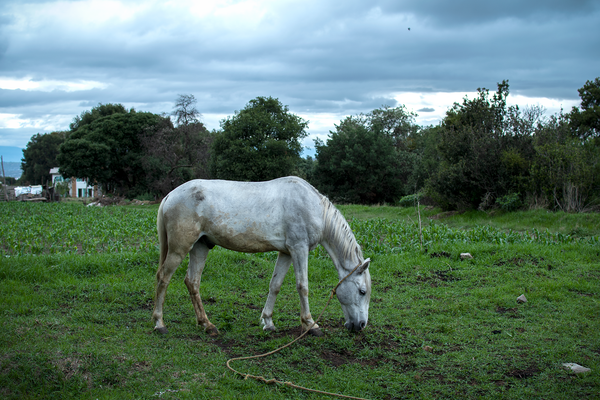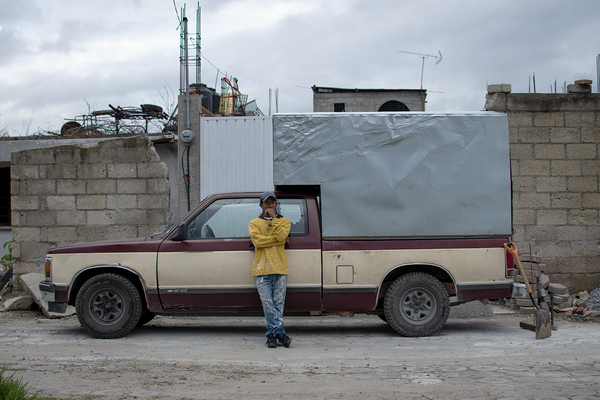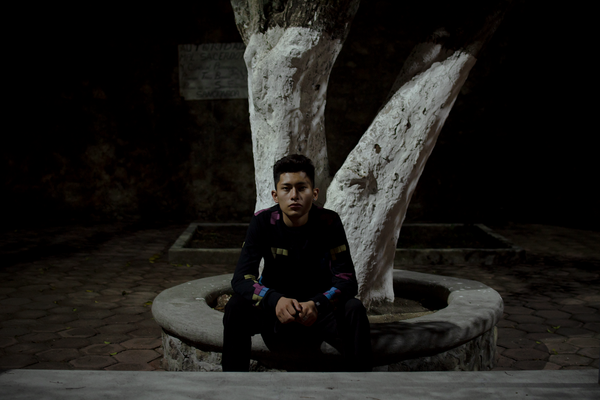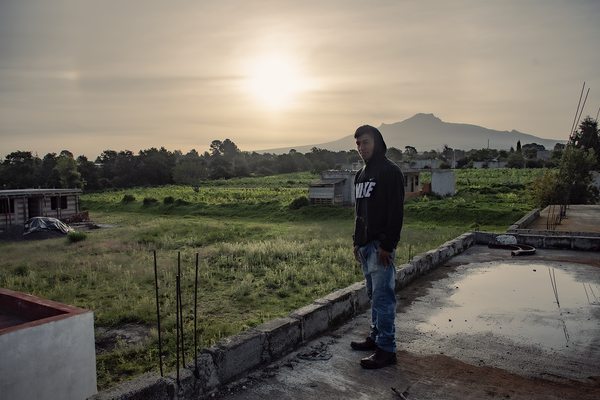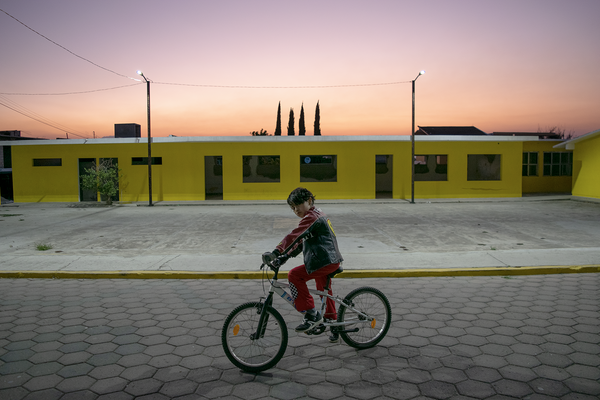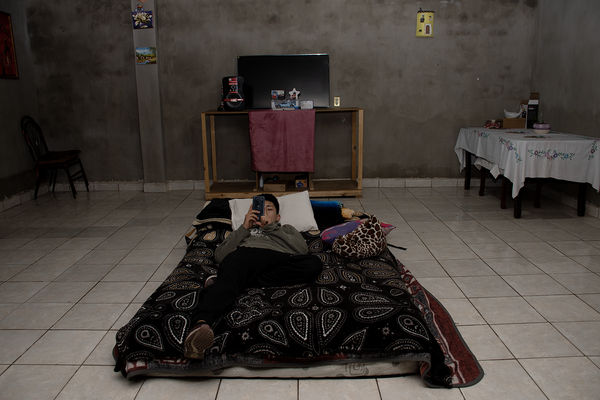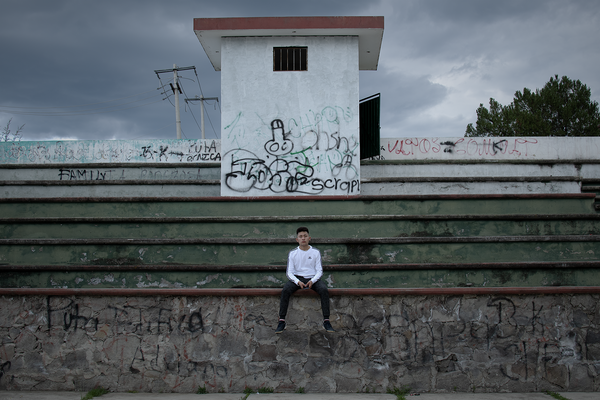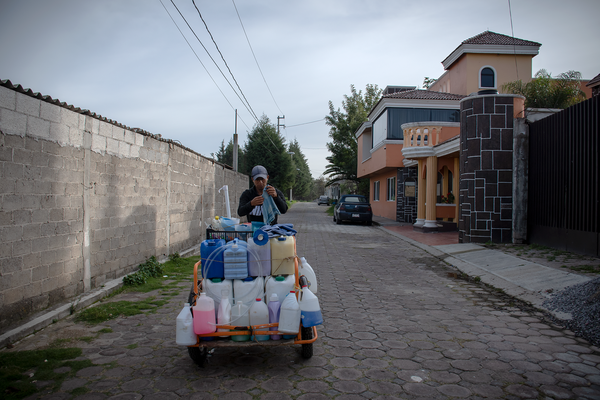Substitutes for tomorrow
-
Dates2020 - Ongoing
-
Author
"Substitutes for tomorrow" is a project whose intention is to expose the social, cultural, family environment and daily life of children and young people who experience the consequences of an intentional forgetfulness by authorities and an indolent society, making them a vulnerable group in the face of violence. problem of "human trafficking" leaving them exposed and with a wide possibility of becoming future pimps.
Most of these young people come from dysfunctional families and who live economically every day, they have to decide between working or studying, and very few have the opportunity to leave their municipality, finish a professional career, start a business, stand out in some scientific, cultural or sports activity. For those who lack these opportunities, they also face the lack of cultural, sports, educational and work spaces, leaving them mostly as the only option to aspire to the life of a pimp where education, effort and sacrifices are not necessary to obtain their riches.
According to a report issued by the National Human Rights Commission (CNDH) called "Diagnostics on the situation of human trafficking in Mexico 2019", every day women and men of different ages become victims of crime for the purpose of exploitation despite the fact that in 2003 the Protocol to Prevent, Suppress and Punish Trafficking in Persons, especially of women and children, was ratified.
Within this same report it is indicated that according to data provided by the Attorney General's Offices and Attorney Generals of Mexico, 5,245 possible victims of trafficking in Mexico were identified, of which 85% of these are women.
Another relevant data within this study reveals that in the state of Tlaxcala and in particular the municipality of Tenancingo is where there is the greatest number of pimps, better known as “pimps”, trafficking people in Mexico and part of the United States, women and girls the most affected.
Based on the aforementioned and in a personal experience, being originally from Acuamanala, a Municipality located in the southern area of the State of Tlaxcala, which belongs to the so-called "trafficking corridor" and has a population of 5,925 inhabitants, where 51% are women according to statistical data from INEGI (2015), the need arises to carry out this project, to visualize a problem that I have been a spectator during my childhood and adolescence, called “human trafficking”.
In this municipality where my parents grew up and were educated, I also had to write my own history, I grew up playing among fields, cornfields and half-finished houses, I grew up living with people whose material achievements and wealth were not supported by the work of the rest of the population, and that later I understood that they were engaged in the illegal trade of human trafficking, I could see how friends and neighbors ended up hooked on this business. Today I can see how the new generations intend to follow in the footsteps of those pimps that without being family they admire for having achieved: wealth, fame and women.
In most of the existing investigations into human trafficking in Mexico, they have focused on women victims of trafficking, and in a minority on its perpetrators; For this reason, this project will focus on distinguishing the cultural aspects, beliefs and patterns of behavior of young people who aspire to be the next pimps, those who have made this crime part of their personal ambitions, wanting to have what life of " trafficker ”offers them, in which despite not having certain characteristics of the stereotype of men generally desired by the majority of women, they manage to conquer young women in order to exploit them.
Factors such as being part of a dominant macho culture, poverty, indolent governments and the distance they have with cultural, sports and scientific activities that make them have other life expectations, lead these young people to take one of the easiest roads, the "Sexual exploitation".
This is also intended to show that it is problematic, although at first it was focused on Tenancingo, Tlaxcala, it has spread to the surrounding municipalities of the southern part of the State, where more and more children and young people hope to be part of this criminal network.
